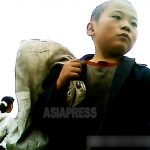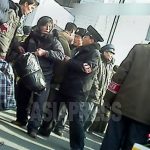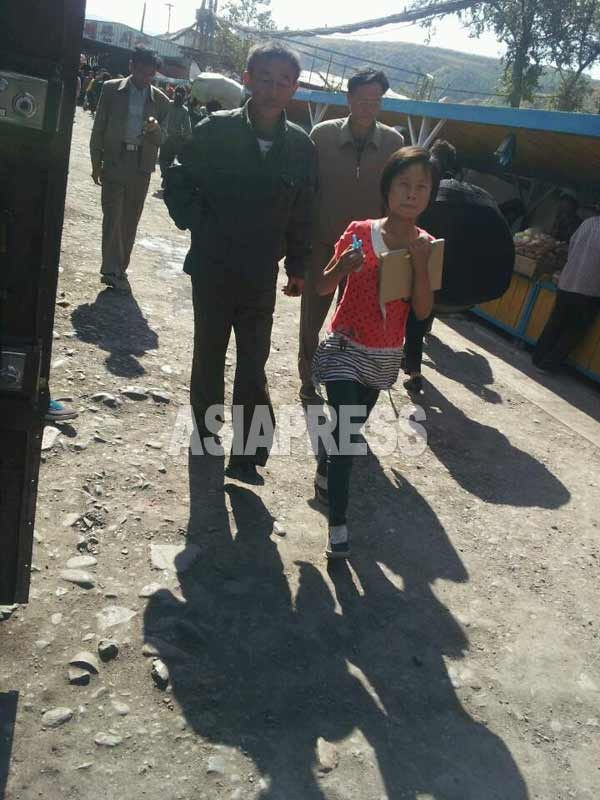
Grain prices have soared in markets across North Korea, causing major market disruptions.
On June 15, ASIAPRESS conducted a market investigation in the northern regions of North Hamkyung Province, Ryanggang Province and North Pyongan Province. The market prices in the three locations were similar, but with a slight difference. The average price and the prevailing exchange rate of the won for the RMB and the U.S. dollar were as follows: white rice prices increased by 1.7 times, and corn prices increased by 2.4 times compared to May 28, while the RMB fell by 40%. ※Food is priced in Korean won per kilogram.
〇White Rice
4200 (May 28) → 4900(June 8)→ 7000(June 15)
〇Corn
2200(May 28)→ 2800(June 8)→5300(June 15)
〇1 RMB (= 0.156 USD)
970(May 28)→670(June 8)→590(June 15)
What is noteworthy is that the sudden plunge in the value of the RMB and the U.S. dollar on June 4 was the beginning of a surge in prices. In addition, the rise of food prices in RMB is unusual. For example, calculated in US dollars, the cost of white rice on June 15 was about 1.87 USD, and the price of corn was about 1.41 USD, an unusually high price.
◆ The authorities are not controlling prices
Last year, when imports from China came to a near halt in response to the coronavirus and price increases, the North Korean authorities, extremely wary of inflation, set a ceiling price for grain sales in the market and took strong intervention and control measures, including confiscating the rice of traders who did not comply. However, as of March 15, the authorities seem to be sitting on the sidelines.
“The authorities are just sitting on their hands and have not taken any action to control prices,” said our reporting partners.
◆What is the cause of the soaring food prices?
So, what is the cause of the extraordinary rise in food prices? ASIAPRESS reporting partners gave the following opinions on the matter.
- Initially, there was a lack of trust in the Korean won, and everyone was trying to hold yuan and dollars to protect their assets. Still, with stricter controls on the use of foreign currencies, the yuan plummeted and became difficult to use.
- The financially strapped authorities induced the sale of state-owned rice at high prices to absorb funds from the market.
- Now is the barren period when food is scarce just before fall harvest season. Harvest reduction is expected due to a shortage of farming materials.
- As coronavirus is sure to be prolonged, there is a pessimistic atmosphere in many places about the resumption of trade. This has resulted in a sharp rise in prices.
◆Market disruptions
Markets are in chaos. "Sighs and shouts of anger are everywhere in the market. I can hear the sobbing of those who have lost money and of those who can't afford the high prices," said a reporting partner in North Hamkyung Province.
The price of food is rising rapidly every day, but it is difficult to predict whether it will continue to rise or whether it has hit a ceiling, making it difficult to decide the value of goods or whether to buy. In addition, some people have lost a lot of money due to the plunge of the RMB.
The current turmoil was caused by the simultaneous decline of the RMB and the rise in food prices. As a result, no one knows how to protect themselves, and the future is entirely uncertain.
“I feel the threat to our lives. In fact, elderly people who live alone and don't have money to buy food are dying everywhere,” one of the reporting partners concluded. (Kang Ji-won / ISHIMARU Jiro)
※ASIAPRESS contacts its reporting partners in North Korea through smuggled Chinese mobile phones.
- <Inside N. Korea> Why is hunger getting worse in June? “Malnutrition has made it impossible to go to work, and some have died from eating wild plants.” This is the worst in the Kim Jong-un era. (2021-06-15)
- <Inside N. Korea> “S. Korean agents are painting Chinese banknotes with coronavirus and sending them.” Kim Jong-un gives direct orders to clean up money transfer brokers. (2021-06-14)
- <Breaking News N. Korea> A Mysterious 33% Surge in the Won Against the Chinese Yuan…Are the Authorities Manipulating N. Korea’s Currency? (2021-06-08)
- <Inside N. Korea> Major Power Outages Continue Across Cities as Electricity Supply to Residents is Cut Off Drastically…Why? (2021-06-08)
- <Interview with a North Korean Woman (1) > Why the COVID Situation is Causing a Surge in “Black-Market Abortions” (2021-05-31)
Editor’s notes on North Korean reporters
ARCHIVE(pdf) >>
DPRK MAP >>
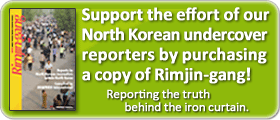
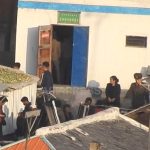
![[Video Report] No merchandise for sale at North Korea's flagship department store](https://www.asiapress.org/rimjin-gang/wp-content/uploads/2019/02/1515-150x150.jpg)
